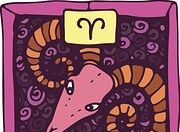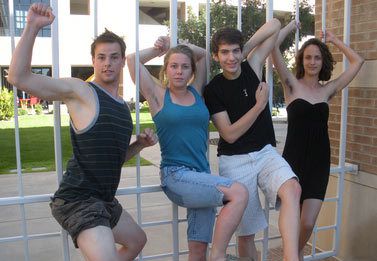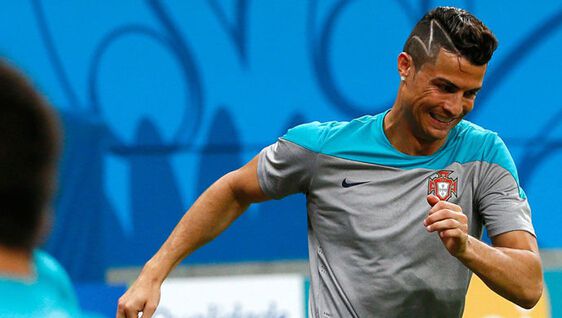译文:圣诞老人,何许人也?
|
Why is Santa characterized as a short, fat and jolly pipe smoker? According to tradition, he was born in the ancient Lycian seaport city of Patara, and, when young, he traveled to Palestine and Egypt. He became bishop of Myra soon after returning to Lycia. He was imprisoned during the Roman emperor Diocletian's persecution of Christians but was released under the rule of Emperor Constantine the Great and attended the first Council (325) of Nicaea. After his death he was buried in his church at Myra, and by the sixth century his shrine there had become well known. In 1087, Italian sailors or merchants stole his alleged remains from Myra and took them to Bari, Italy; this removal greatly increased the saint's popularity in Europe, and Bari became one of the most crowded of all pilgrimage centres. Nicholas' relics remain enshrined in the 11th-century basilica of San Nicola, Bari. After the Reformation, Nicholas' cult disappeared in all the Protestant countries of Europe except Holland, where his legend persisted as Sinterklaas (a Dutch variant of the name Saint Nicholas). Dutch colonists took this tradition with them to New Amsterdam (now New York City) in the American colonies in the 17th century. Sinterklaas was adopted by the country's English-speaking majority under the name Santa Claus, and his legend of a kindly old man was united with old Nordic folktales of a magician who punished naughty children and rewarded good children with presents. ("Nicholas, SAINT", Britannica CD. Version 97. Encyclopaedia Britannica, Inc., 1997.) It is amazing but true that the common, popular view of Santa that we all have today, along with all the crazy things around Santa like the sleigh, the reindeer and the chimney, all came largely from two publishing events that occurred in the 1800s and one advertising campaign in this century. Clement Moore wrote "The Night Before Christmas" in 1822 for his family. It was picked up by a newspaper, then reprinted in magazines and it spread like wildfire. Moore admitted authorship in 1838. If you read the poem you will find that he names the reindeer, invents the sleigh, comes up with the chimney and the bag of toys, etc. Nearly everyone in America has been able to recognize or recite this poem since the 1830s. Then, between 1863 and 1886, Harper's Weekly (a popular magazine of the time) ran a series of engravings by Thomas Nast. From these images come the concepts of Santa's workshop, Santa reading letters, Santa checking his list and so on. Coca-Cola also played a role in the Santa image by running a set of paintings by Haddon Sundblom in its ads between 1931 to 1964. The red and white suit came, actually, from the original Saint Nicholas. Those colors were the colors of the traditional bishop's 译文:圣诞老人,何许人也? 原文:Who is this Santa Claus person? * 矮矮、胖胖、乐呵呵地抽着烟斗,圣诞老人为何是如此一副尊容呢? * 圣诞老人的古怪装束所为何意? * 为何圣诞老人总是驾着驯鹿拉的雪橇,降落在乖孩子家的房顶上,扛着满袋子的玩具,偏要顺着烟囱爬进去,还要把玩具放在圣诞树的下面? 据《大英百科全书》所载,圣诞老人其实确有其人,名为圣.尼古拉斯,是公元四世纪时的一位圣徒: 传说圣.尼古拉斯生于古利西亚海港城市帕塔拉,年轻时曾游历巴勒斯坦和埃及。返回利西亚不久即成为米拉城主教。在罗马帝国皇帝戴克里先对基督徒的迫害中他不幸入狱,但随后即在康斯坦丁大帝时期获释并参加了第一次尼西亚会议。圣.尼古拉斯死后葬于其在米拉的教堂,到公元6世纪时,此处已成为远近驰名的圣地。 1087年,一些意大利水手或商人将所谓的尼古拉斯的遗物从米拉偷运回意大利的巴里。由此圣.尼古拉斯的名声响彻欧洲,巴里也成为朝圣者最为聚集的中心之一。他的遗物后来被珍藏于巴里的圣.尼古拉斯教堂。尼古拉斯为人仁慈、慷慨大方、乐善好施,因此演化出许多关于他帮助穷苦人们的神话故事。最有名的一则是,他曾送给三个因穷困而将要走向堕落的女孩儿金子作为嫁妆,从而使他们免去了鱼肉之苦。中世纪时期,对尼古拉斯的朝奉已传遍整个欧洲。他成了俄国人及希腊人的守护神;成了慈善的兄弟会和同业公会,儿童、水手、未婚女子、商人及典当掌柜的守护神;成了像瑞士的夫里堡以及莫斯科这些大城市的守护神。欧洲涌现了成千上万座的圣.尼古拉斯教堂,其中之一更是由东罗马帝国皇帝查士丁尼一世早在公元6世纪,在君士坦丁堡(现在的伊斯坦布尔)修建的。尼古拉斯的圣迹成为中世纪艺术家们以及教堂礼拜演出的首选题目,他的传统斋日,也为男孩主教的庆典提供了场合,这一日,人们选出一个男孩作为主教,并使其行使主教之职直到12月28日婴儿殉教日的来临。 宗教改革之后,欧洲新教国家已经不再存在对尼古拉斯的崇拜,唯独在荷兰,关于他的传说以Sinterklaas(圣.尼古拉斯的荷兰语变体说法)的方式流传下来。荷兰殖民者于17世纪将此传统带到了其美洲殖民地新阿姆斯特丹(即现在的纽约)。Sinterklaas的叫法也被演化为Santa Claus(圣诞老人),从而被当地多数讲英语的人们接受,人们将这位慈眉善目的老公公的传说与北欧民间故事中专门惩罚调皮捣蛋,却给乖孩子送礼物的魔术师的传说加以揉合,便有了圣诞老人的形象。 (《大英百科全书1997》 1997年CD版 大英帝国 圣.尼古拉斯) 我们今天对圣诞老人所持有的公共而又流行的观点,以及圣诞老人身边那些令人着迷的东西,像雪橇啊、驯鹿啊、还有烟囱之类的,绝大部分都源于19世纪出版界的两个事件,以及本世纪广告业的运动。这听起来难以置信,但却是事实。1822年克莱门特.摩尔给自己的家庭写了一首叫做《圣诞前夜》的诗,一家报纸将其发表,随后再版于杂志,接着便像野火般迅速流传开来。摩尔于1838年承认了自己作家的身份。如果你读过这首诗,你就会发现,是摩尔给驯鹿起的名字,是摩尔发明的雪橇,烟囱以及大包的玩具等等也都是摩尔的杜撰。从19世界30年代起,几乎所有的美国人都认得,甚至会背这首诗。 随后在1863至1886年间,《哈伯周刊》(当时的一份流行杂志)刊载了一系列由漫画家托马斯.纳斯特创作的版画。从这些画中诞生了圣诞老人的工场、圣诞老人读信、圣诞老人检查礼品单等概念。,1931年至1964年,可口可乐公司发行了一系列由哈顿.桑德布罗姆(Haddon Sundblom)创作的以圣诞老人为主题的广告画,这在塑造圣诞老人形象上也起到了一定作用。 红白相衬的衣服,实际上来源于圣.尼古拉斯。这两种颜色正是传统的主教长袍上的颜色。 |








